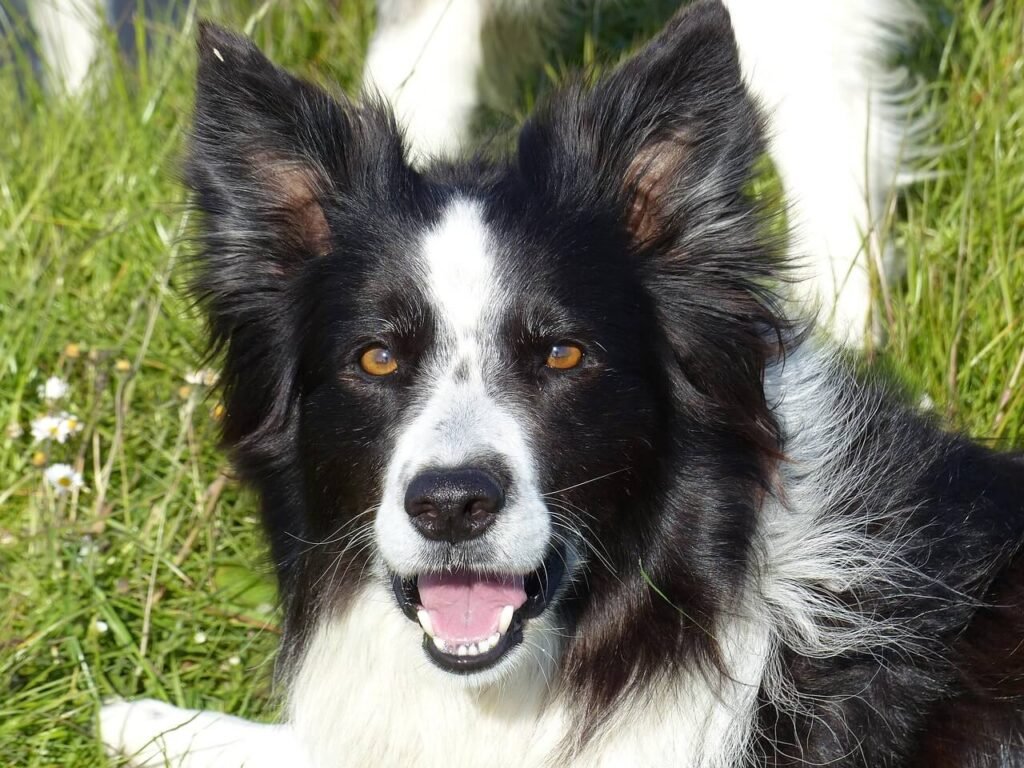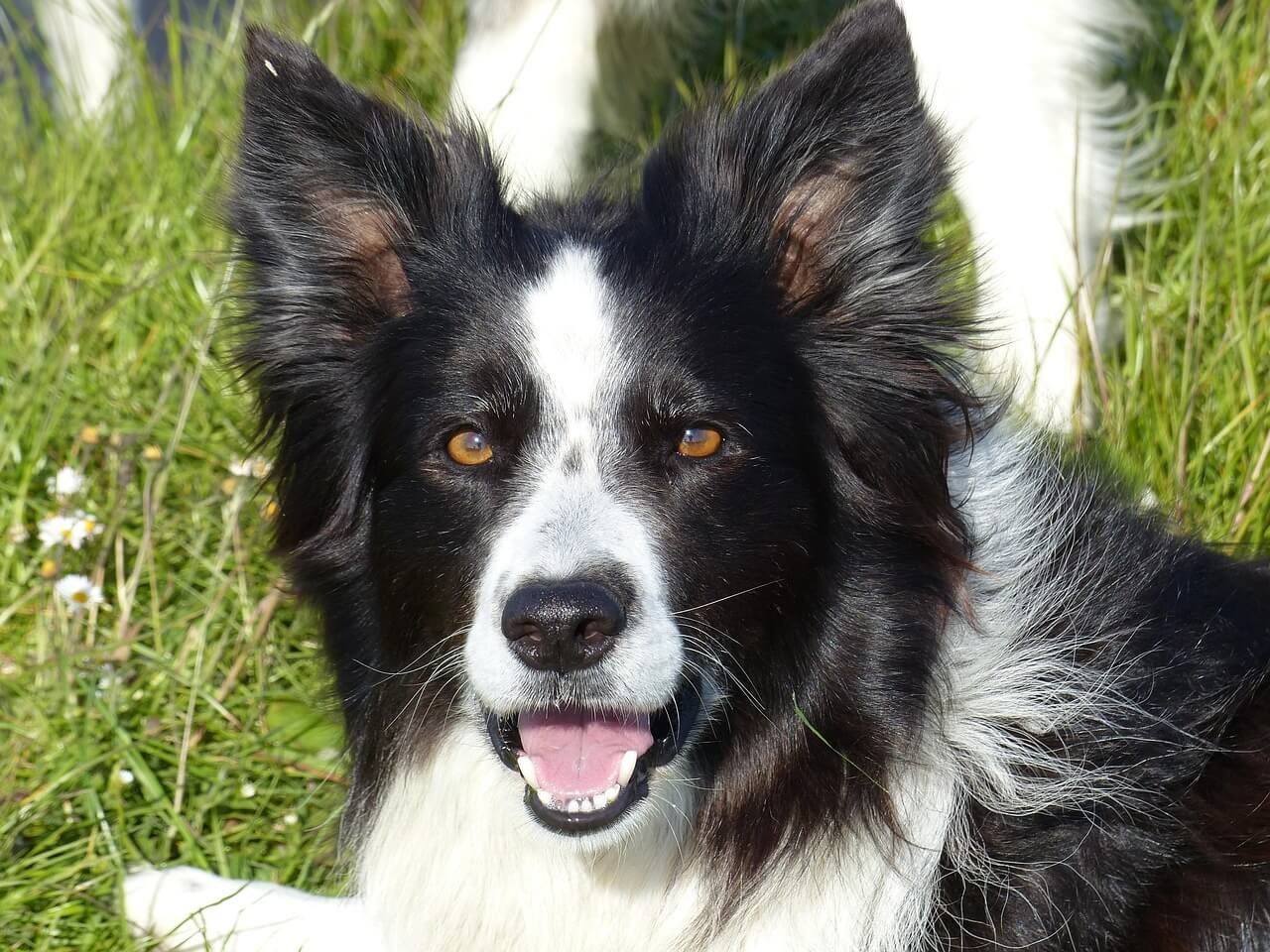Understanding Brachygnathism in Dogs: What You Need to Know
Brachygnathism is a condition that affects a dog’s jaw alignment, often leading to an underbite or misaligned teeth. While it is most commonly seen in certain breeds, such as Bulldogs, Pugs, and Boxers, it can occur in any dog. This condition not only impacts their appearance but can also affect their overall health and quality of life. In this blog post, we’ll explore what brachygnathism is, how it develops, and what you can do to manage it effectively. Whether you’re a breeder, pet owner, or simply curious about canine health, this guide will provide valuable insights into this unique condition.
What Causes Brachygnathism in Dogs?
Brachygnathism is a congenital condition, meaning it is present at birth. It occurs when the lower jaw (mandible) is shorter than the upper jaw (maxilla), resulting in an underbite. Understanding the causes can help you better manage or even prevent the condition in some cases.
Genetics play a significant role, as brachygnathism is often inherited from one or both parents.
Certain breeds are predisposed to the condition due to selective breeding for specific physical traits.
Environmental factors during pregnancy, such as poor nutrition, may contribute to developmental issues in puppies.
Trauma or injury to the jaw during early development can sometimes mimic brachygnathism.
Hormonal imbalances during growth stages may also impact jaw alignment.
While brachygnathism cannot always be prevented, understanding its causes can help breeders and owners make informed decisions to minimize risks.
Signs and Symptoms of Brachygnathism in Dogs
Recognizing brachygnathism early is crucial for managing the condition effectively. Here are some common signs and symptoms to look out for in affected dogs.
A visible underbite where the lower teeth extend beyond the upper teeth.
Difficulty chewing or picking up food due to misaligned teeth.
Excessive drooling, which may indicate discomfort or difficulty eating.
Frequent pawing at the mouth or face, signaling potential pain or irritation.
Abnormal wear on teeth caused by improper alignment.
If you notice any of these signs, consult your veterinarian for a proper diagnosis and treatment plan. Early intervention can significantly improve your dog’s comfort and quality of life.
Check this guide 👉Understanding Dog Teeth Grinding: Best 7 Expert Tips!
Check this guide 👉How Many Teeth Do Dogs Have? Best 7 Expert Tips!
Check this guide 👉Infected Dog Tooth: Best 7 Health Tips!

Common Breeds Affected by Brachygnathism | Potential Complications of Brachygnathism |
|---|---|
Bulldogs | Difficulty eating or chewing |
Pugs | Increased risk of dental disease |
Boxers | Pain or discomfort in the jaw |
Shih Tzus | Misalignment leading to tooth decay |
Boston Terriers | Speech-like sounds due to airway obstruction |
Managing Brachygnathism: Practical Tips for Dog Owners
While brachygnathism cannot be cured, there are several ways to manage the condition and ensure your dog lives a happy, healthy life. Here are some practical tips for dog owners.
Provide soft or easily chewable food to reduce strain on the jaw during meals.
Schedule regular dental check-ups to monitor and address any oral health issues.
Use specially designed toys that won’t exacerbate jaw misalignment or cause pain.
Consider orthodontic treatments if recommended by your veterinarian to correct severe misalignments.
Monitor your dog’s behavior closely for signs of discomfort or worsening symptoms.
By taking these steps, you can help your dog adapt to brachygnathism and maintain a high quality of life despite the condition.
Preventing Brachygnathism: What Breeders and Owners Can Do
While not all cases of brachygnathism can be prevented, responsible breeding practices and proactive care can reduce its occurrence. Here’s what breeders and owners can do to minimize risks.
Avoid breeding dogs with known genetic predispositions to brachygnathism.
Ensure pregnant dogs receive proper nutrition and care to support healthy fetal development.
Educate yourself about the breed’s typical health issues before acquiring a puppy.
Work closely with veterinarians to monitor jaw development in growing puppies.
Advocate for ethical breeding standards that prioritize health over aesthetics.
By prioritizing the health and well-being of dogs, we can work toward reducing the prevalence of brachygnathism and other genetic conditions.
Dental Care for Dogs with Brachygnathism
Dogs with brachygnathism often face unique challenges when it comes to dental health. Proper care is essential to prevent complications like tooth decay or gum disease, which can arise from misaligned teeth.
Brush your dog’s teeth regularly using a soft-bristled toothbrush and vet-approved toothpaste.
Schedule professional dental cleanings at least once a year to address hard-to-reach areas.
Provide dental chews or toys designed for dogs with jaw alignment issues to promote oral hygiene.
Avoid hard treats or bones that could exacerbate tooth wear or cause fractures.
Monitor for signs of dental discomfort, such as bad breath, drooling, or reluctance to eat.
With consistent dental care, you can help your dog maintain a healthy mouth and reduce the risk of complications associated with brachygnathism.
Breeds Prone to Brachygnathism: What to Know
Certain breeds are more likely to develop brachygnathism due to their genetic predisposition and physical characteristics. Understanding these breeds can help owners and breeders take preventive measures.
Bulldogs are one of the most commonly affected breeds due to their flat faces and shortened jaws.
Pugs often exhibit brachygnathism as part of their distinctive brachycephalic features.
Boxers frequently display mild to moderate cases of underbite, which is considered normal for the breed.
Shih Tzus may develop brachygnathism as a result of their compact facial structure.
Boston Terriers are prone to jaw misalignment, which can affect their bite and overall appearance.
By recognizing the breeds at higher risk, owners can be more vigilant about monitoring jaw development and seeking veterinary advice when needed.
Emotional and Behavioral Effects of Brachygnathism
While brachygnathism primarily affects a dog’s physical health, it can also have emotional and behavioral implications. Understanding these effects can help you provide better support for your furry friend.
Dogs with brachygnathism may experience frustration or anxiety if they struggle to eat or play comfortably.
Misaligned teeth can lead to social challenges, as other dogs may react to unusual facial features during interactions.
Chronic pain or discomfort from the condition may result in irritability or withdrawal from activities.
Some dogs may develop learned helplessness if they associate certain actions with pain or difficulty.
Early intervention and supportive care can boost confidence and improve your dog’s emotional well-being.
By addressing both the physical and emotional aspects of brachygnathism, you can ensure your dog leads a happy and fulfilling life.
Frequently Asked Questions About Brachygnathism in Dogs
Is brachygnathism painful for dogs?
It can be uncomfortable, especially if it leads to dental issues or jaw misalignment. Regular veterinary care can help manage pain.
Can brachygnathism be corrected surgically?
In some cases, orthodontic procedures or surgery may help, but these options depend on the severity of the condition.
Are certain breeds more prone to brachygnathism?
Yes, brachycephalic breeds like Bulldogs, Pugs, and Boxers are more commonly affected.
Does brachygnathism affect a dog’s lifespan?
Not directly, but complications like dental disease or difficulty eating may impact overall health if left untreated.
How can I tell if my dog has brachygnathism?
Look for signs like an underbite, difficulty eating, excessive drooling, or abnormal tooth wear, and consult your vet for confirmation.
Living Happily with Brachygnathism: Final Thoughts
Brachygnathism is a manageable condition that, while challenging, doesn’t have to diminish your dog’s quality of life. With proper care, regular veterinary check-ups, and a focus on prevention, you can ensure your furry friend remains happy and healthy. As a responsible pet owner or breeder, staying informed about brachygnathism and its implications is key to providing the best possible care. Remember, every dog deserves love, attention, and the opportunity to thrive—regardless of their unique traits.
Why Is My Cats Second Eyelid Showing? Best 7 Expert Tips! Understand causes, health signs, and how to respond when your cat’s third eyelid becomes visible.
How Do I Know If My Cat Died Peacefully? Best 7 Expert Tips! Discover the quiet signs of a peaceful feline passing and find comfort in their final moments.
How Do I Know If My Cat Died Peacefully? A Gentle Guide for Heartbroken Owners Losing a cat is not just …
Why Do Abyssinian Cat Colors Matter? Best 7 Expert Tips! Discover the genetics, rare hues, and care secrets behind Abyssinian coat colors for a healthier, happier cat.




